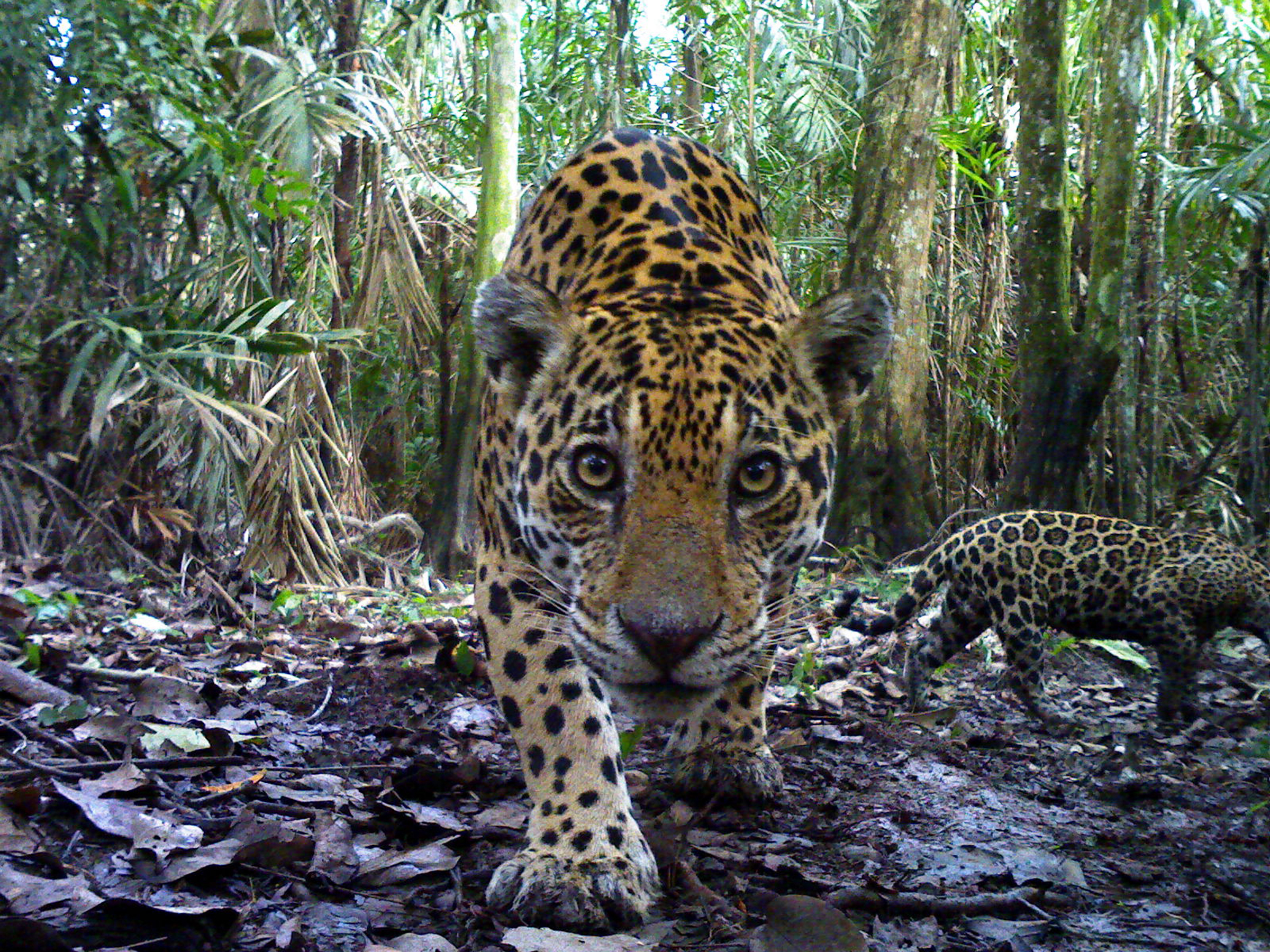Photos: Elusive Jaguars Take Center Stage
Camera trapped

A camera trap captures a shot of a jaguar in Colombia, where oil palm plantations butt up against jaguar habitat. Camera traps are a noninvasive way of monitoring wildlife; in Arizona, El Jefe is tracked only by motion-activated cameras and by a scat-sniffing dog that guides biologists to prey sites.
Jaguar cub

A jaguar cub gets up close with a camera trap on a Colombian palm oil plantation. Released in 2012, these photos revealed that jaguars don't necessarily avoid plantations, meaning that this sort of development doesn't isolate jaguar populations.
"Given the extensive amount of jaguar habitat overtaken by oil palm plantations in Colombia, we hope that certain plantations can be part of the Jaguar Corridor, enabling jaguars to reach areas with little or no human disturbances," Esteban Payan, director of Panthera's Northern South America Jaguar Program, said in a statement at the time.
Get the world’s most fascinating discoveries delivered straight to your inbox.

Stephanie Pappas is a contributing writer for Live Science, covering topics ranging from geoscience to archaeology to the human brain and behavior. She was previously a senior writer for Live Science but is now a freelancer based in Denver, Colorado, and regularly contributes to Scientific American and The Monitor, the monthly magazine of the American Psychological Association. Stephanie received a bachelor's degree in psychology from the University of South Carolina and a graduate certificate in science communication from the University of California, Santa Cruz.


